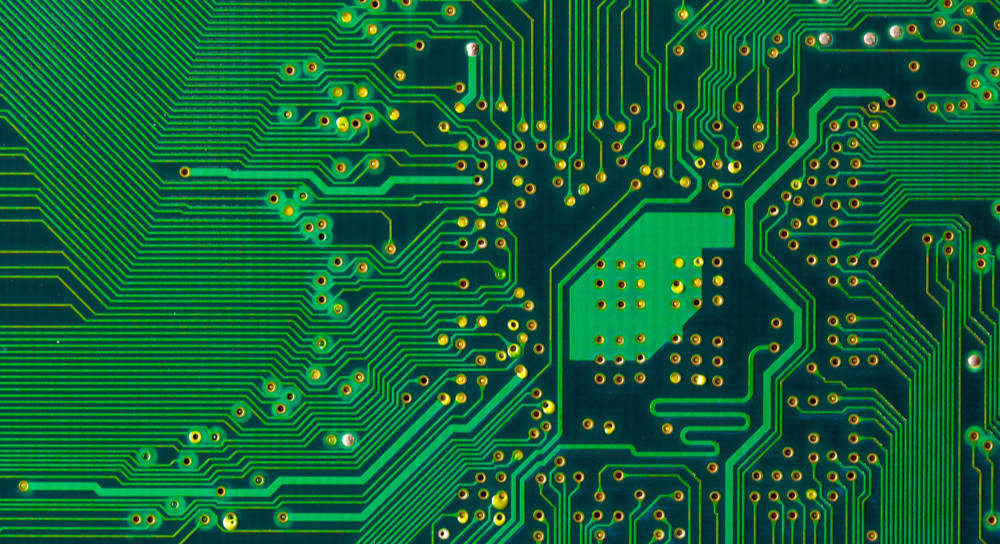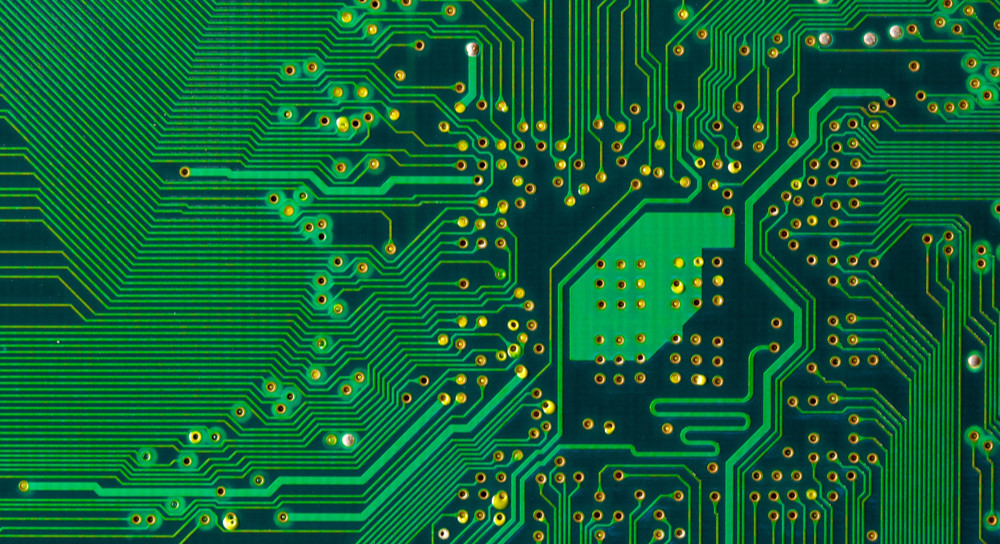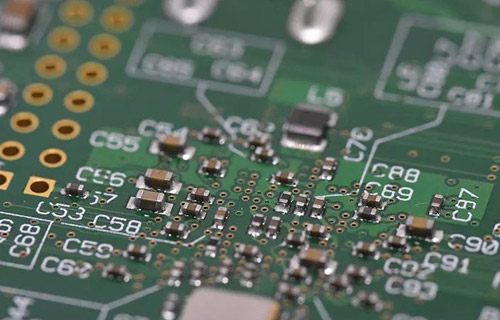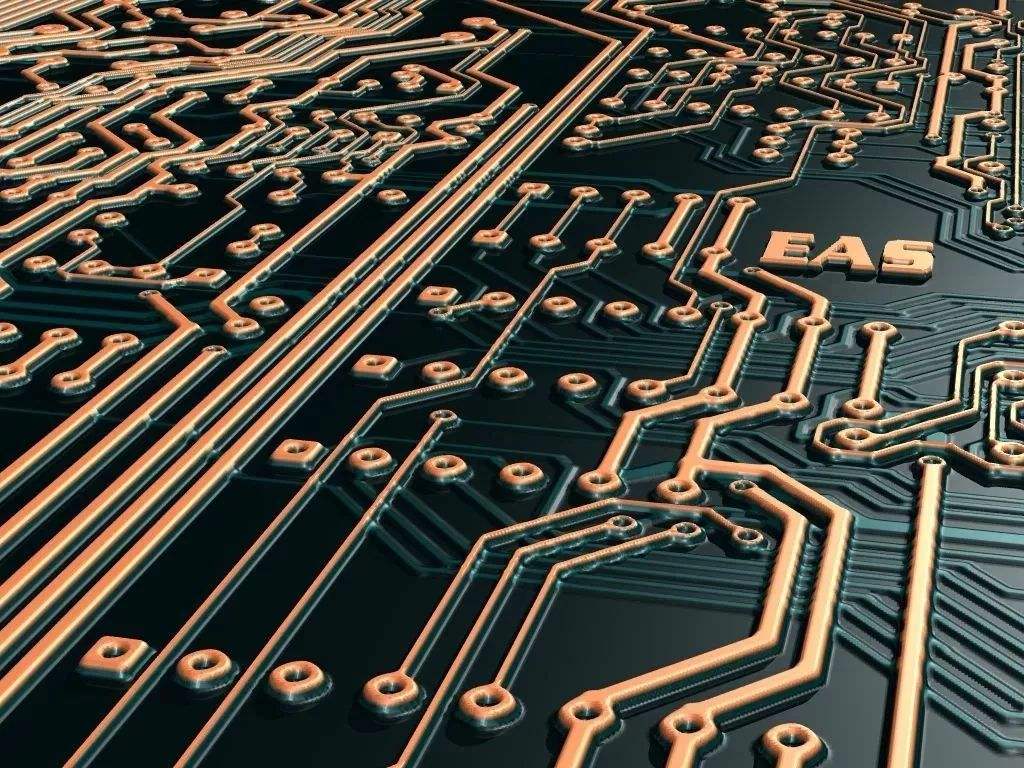
8 classic questions and answers about PCB wiring
1. Q: In the small signal PCB circuit, the resistance of the short copper wire must not be important, right?
Answer: The conductive strip PCB of printed matter is wider, and the gain error will be reduced In analog circuits, it is usually better to use the relatively wide conductive tape to facilitate the layout of signal lines In short, it is important to calculate the resistance of the conductive tape and analyze its role in all possible problems
Question: I have introduced the simple problem of resistance. There must be some resistance. Their performance fully met our expectations. What is the resistance of a wire?
A: The situation is different. You mean a section of wire or a section of conductive tape that acts as a wire in a PCB circuit board. Since the room temperature superconductor has not yet come out, any metal wire can be used as a low resistance resistor (it also has capacitance and inductance), so it is necessary to consider its impact on the circuit.
3. Question: Is there a problem with the capacitor formed by the conductive tape with excessive width and the metal layer on the back of the printed circuit board?
Answer: The question is very small. Although the capacitance formed by the conductive tape of the printed circuit board is important, it should always be estimated first. If the above situation does not exist, even if a wider conductive belt forms a larger capacitance, it will not cause problems. If it will cause problems, please remove a small ground plane area to reduce the capacitance to ground.
Circuit board

Q: What is the ground plane?
Answer: If the entire interlayer of a multilayer PCB is used for grounding, this is what we call the ground plane Any ground wire must be arranged so that its resistance and inductance are as small as possible If the system uses ground level, it is less likely to be affected by ground noise The grounding plate has shielding and heat dissipation functions
Question: The horizon mentioned here is difficult for manufacturers, right?
A: Some problems did exist in this regard 20 years ago. Today, due to the improvement of adhesive, solder resist and wave soldering technology in printed circuits, the manufacturing of ground plates has become a routine operation of printed circuit boards.
Question: You said that the system uses ground plane to reduce ground noise. What can't be solved for the remaining grounding noise problems?
Answer: Although there is a ground plane, its resistance and inductance are not zero. If the external current source is strong enough, it will affect the accurate signal. This problem can be minimized by reasonably arranging the printed circuit board so that the large current will not flow to the area that affects the grounding voltage generated by the precision signal. Sometimes, fractures or slits on the ground plane can change the direction of large grounding current in sensitive areas, but forcibly changing the ground plane can also make signals bypass into sensitive areas. This processing technology must be used carefully.
Question: How do I know the pressure drop generated on the ground plane?
Answer: Generally, the voltage drop can be measured, but sometimes the voltage drop can be calculated according to the resistance of the grounding plate data and the length of the conductive belt through which the current passes, but the calculation may be complex. The instrument amplifier can be used for voltage from DC to low frequency (50kHz). If the amplifier grounding is separated from its power grounding, the oscilloscope must be connected to the power grounding of the power circuit used. By adding probes to these two points, the resistance between any two points on the led illumination ground plane can be measured. The combination of amplifier gain and oscilloscope sensitivity can make the measurement sensitivity reach 5mV/div. The noise of the amplifier will increase the width of the oscilloscope waveform curve to about 3mV, but it is still possible to make the measurement resolution reach about 1mV, which is enough to distinguish most ground noises, and the confidence level can reach 80%.
8. Q: How to measure high-frequency grounding noise?
Answer: It is very difficult to measure high-frequency grounding noise with a suitable broadband instrument amplifier. In conclusion, it is more suitable to use high-frequency and VHF passive probes It is composed of a ferrite magnetic ring (with an outer diameter of 6-8mm). The magnetic ring has two coils, 6-10 turns each To form a high-frequency isolation transformer, one coil is connected to the input of the spectrum analyzer, and the other coil is connected to the probe The test method is similar to the low frequency case, but the spectrum analyzer uses the amplitude frequency characteristic curve to represent the noise This is different from time domain characteristics, in which noise sources can be easily distinguished according to their frequency characteristics In addition, the sensitivity of spectrum analyzer is at least 60dB higher than that of broadband oscilloscope After reading the classic Q&A on, how do you feel about PCB wiring?
The above is the explanation given by the editor of pcb circuit board company.
If you want to know more about PCBA, you can go to our company's home page to learn about it.
In addition, our company also sells various circuit boards,
High frequency circuit board and SMT chip are waiting for your presence again.







